Reviewed by Julianne Ngirngir
Apple's September 9 event is shaping up to be absolutely massive, and honestly, it couldn't come at a better time. The tech world has been buzzing with rumors about the iPhone 17 Air—a device that could fundamentally change how we think about smartphone design. Apple has officially announced its fall event for September 9, 2025, with that intriguing "Awe Dropping" tagline that signals major surprises ahead. The event invitation features a stunning glowing Apple logo with vibrant blue and yellow energy waves, and based on the rumors we've seen so far, the iPhone 17 Air will likely be Apple's thinnest phone ever and something that could take the iPhone line in a new direction.
What makes this timing particularly significant is Apple's broader strategic shift. This event kicks off what industry insiders describe as Apple's most ambitious three-year redesign cycle in iPhone history, with the ultra-thin Air leading the charge toward future innovations like foldables and all-glass designs.
What makes the iPhone 17 Air so revolutionary?
Let's break it down: the iPhone 17 Air isn't about bigger screens or extra cameras—it's about pushing the absolute limits of engineering. Reports suggest the iPhone 17 Air could arrive with a thickness varying between 5.5mm to 6.25mm, making it the slimmest iPhone to date. To put that in perspective, CNET reports the iPhone 17 Air could measure 5.5mm thick, compared to the iPhone 16 Pro which measures at 8.25mm thick—that's nearly a 35% reduction in thickness.
What's truly impressive is the engineering feat this represents. When you consider the complexity of fitting a modern smartphone's components—advanced processors, multiple antennas, sophisticated camera systems, and battery technology—into such a constrained space, it becomes clear this isn't just about aesthetics. Apple insiders describe it as "significantly thinner" and even suggest it could be the thinnest smartphone ever when it debuts.
The implications go beyond just manufacturing prowess. Achieving this level of thinness requires innovations in thermal management, structural integrity, and component miniaturization that could influence smartphone design industry-wide. This represents the kind of breakthrough that positions Apple at the forefront of mobile engineering, similar to how the original iPhone redefined what a smartphone could be.
Design compromises that actually make sense
Here's where things get interesting: achieving this ultra-thin profile means making some bold choices. The iPhone 17 Air will only feature one rear camera for wide-angle shots—a significant departure from the multi-camera systems we've grown accustomed to. But before you panic, consider this: Apple plans to market the iPhone 17 Air with a focus on design rather than internal specs, targeting everyday users rather than tech enthusiasts who need every camera feature imaginable. The single-lens rear camera will include a 48-megapixel sensor, while all iPhone 17 models, including the Air, will get an upgraded 24-megapixel front-facing "selfie" camera according to CNET.
What makes this approach strategically smart is user behavior reality: most people rely primarily on the main wide-angle camera for their daily photography needs. By focusing on one exceptional camera instead of multiple good ones, Apple can deliver superior photo quality in the scenarios that matter most while enabling the revolutionary thin design that sets this device apart.
The physical design changes tell an even more compelling story. Leaked details show the iPhone 17 Air's camera will be relocated to the center of the phone, housed in a large, rectangular bump—this isn't just aesthetic choice, but an engineering necessity for the ultra-thin architecture. The SIM card tray is reportedly eliminated entirely on the Air model, meaning it will be eSIM-only even outside the U.S., further reducing internal complexity. Even the USB-C port sits slightly off-center on the Air model, moved closer to the back glass to accommodate the streamlined internal architecture.
The tech that makes it possible
The real magic happens under the hood, where Apple has achieved breakthrough innovations in multiple areas. Reports indicate one of the most notable advancements in the iPhone 17 Air is its carbon-lithium battery, which measures just 2.49mm in thickness. Despite its compact size, the battery features a capacity of 2,800mAh, matching the performance of current models. Even more impressive, CNET suggests a high-density battery in the Air could increase its actual capacity by 15% to 20%.
PRO TIP: This silicon-anode battery technology represents a significant leap beyond traditional lithium-ion systems. Silicon anodes can store up to ten times more energy than conventional graphite anodes, enabling higher capacity in dramatically reduced space. This isn't just impressive engineering—it's the foundation technology that could power Apple's future foldable devices.
The connectivity innovations are equally groundbreaking. The iPhone 17 Air introduces a custom-designed communication chip that replaces Qualcomm components, and the device may also use Apple's in-house C1 modem to offer more efficient and reliable 5G connectivity. This represents Apple's continued push toward complete hardware-software integration, allowing for optimizations that wouldn't be possible with third-party components.
The display technology showcases another remarkable achievement. The iPhone 17 Air features a 6.6-inch ProMotion display with a 120Hz refresh rate, bringing the smooth, responsive experience previously reserved for Pro models to this design-focused device. The device will be powered by Apple's A19 chip and is expected to come with 12GB of RAM—a significant upgrade that should handle iOS 26 and Apple Intelligence features with ease.
Pricing and what it means for Apple's lineup
Bottom line: this isn't just another iPhone variant—it's Apple's statement about the future of smartphone design. The iPhone 17 Air is expected to replace the iPhone Plus model and could cost around $900, positioning it between the standard iPhone 17 and the Pro models. Pricing is projected to range between $899 and $999, making it a premium design showcase rather than a budget option.
This pricing strategy reveals Apple's confidence in creating a new market category—users who prioritize design elegance and portability over raw computational power or camera versatility. It's positioned similarly to how the original MacBook Air created a new category between performance and ultra-portability, eventually becoming one of Apple's most successful product lines.
The color palette reinforces this premium positioning. The device will come in colors including black, white, gold, and sky blue, with some sources pointing to sophisticated shades that emphasize the phone's fashion-forward appeal. These aren't just color variants—they're carefully curated design statements that position the Air as both a technological achievement and a lifestyle accessory.
What this means for the future of smartphones
PRO TIP: The iPhone 17 Air represents more than just a thin phone—it's Apple's testing ground for technologies that could shape the next decade of mobile devices. Apple's strategy involves preparing its biggest iPhone revolution yet, with three straight years of dramatic redesigns. We're looking at the ultra-thin iPhone 17 Air in 2025, the first foldable iPhone in 2026, and an all-glass 20th anniversary edition in 2027.
The strategic implications extend far beyond Apple's ecosystem. When Apple makes a move this bold—prioritizing radical thinness over feature maximalism—it typically signals where the entire industry is heading. We've witnessed this pattern with the removal of headphone jacks, the introduction of Face ID, and the transition to USB-C. The ultra-thin design philosophy could become the new benchmark that competitors across the industry will need to match.
What's particularly clever about the Air's positioning is how it serves as a bridge technology. The engineering advances required to achieve this level of thinness—advanced battery chemistry, thermal management, component miniaturization—directly translate to the challenges Apple will face in developing foldable devices, where thinness becomes even more critical for usability and durability.
Apple could release the iPhone 17 Air to demonstrate hardware advancements and lay the groundwork for a foldable, with rumors suggesting Apple's long-rumored foldable could come out in September 2026 and cost around $2,000. This isn't just about 2025—it's about establishing the technological foundation and market acceptance for the next generation of mobile computing devices.
The iPhone 17 Air isn't just about being thin—it's about reimagining what a smartphone can be when you prioritize design elegance over feature maximalism. Whether you're ready for that trade-off or not, one thing's certain: Apple is about to drop something that will have the entire tech world talking.








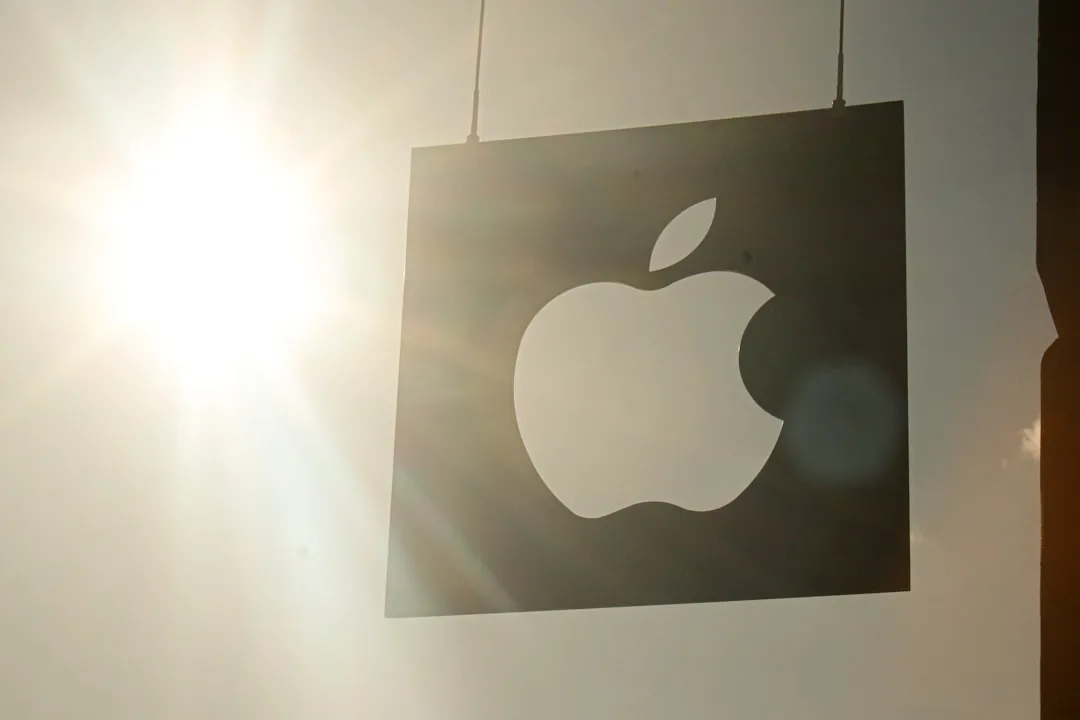


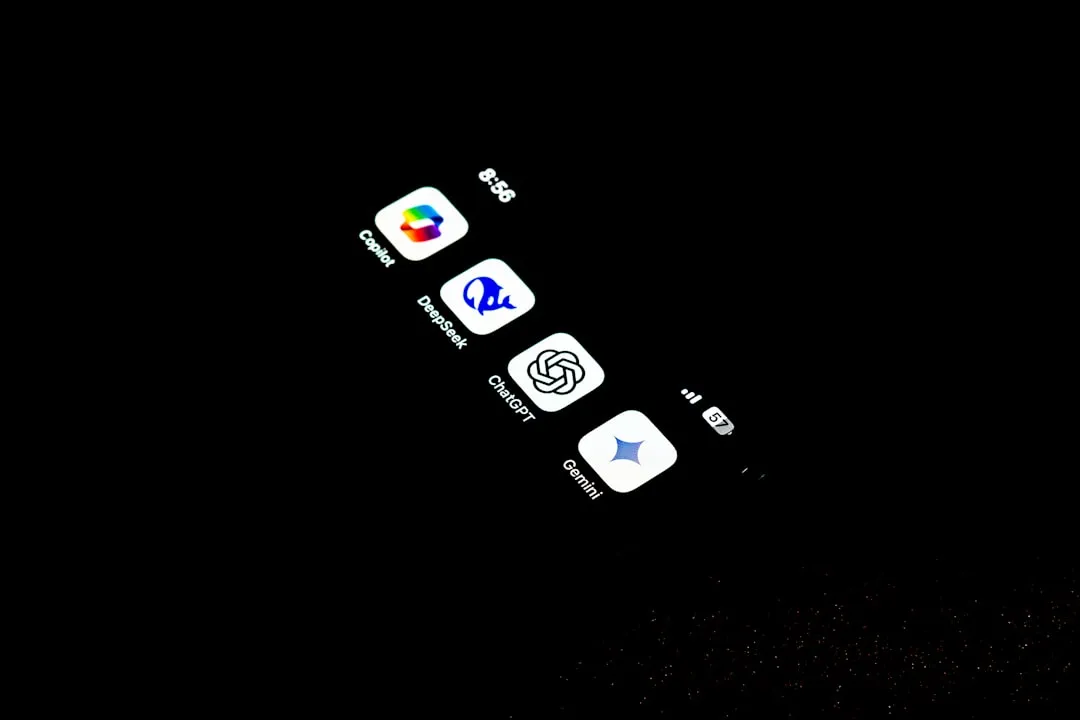
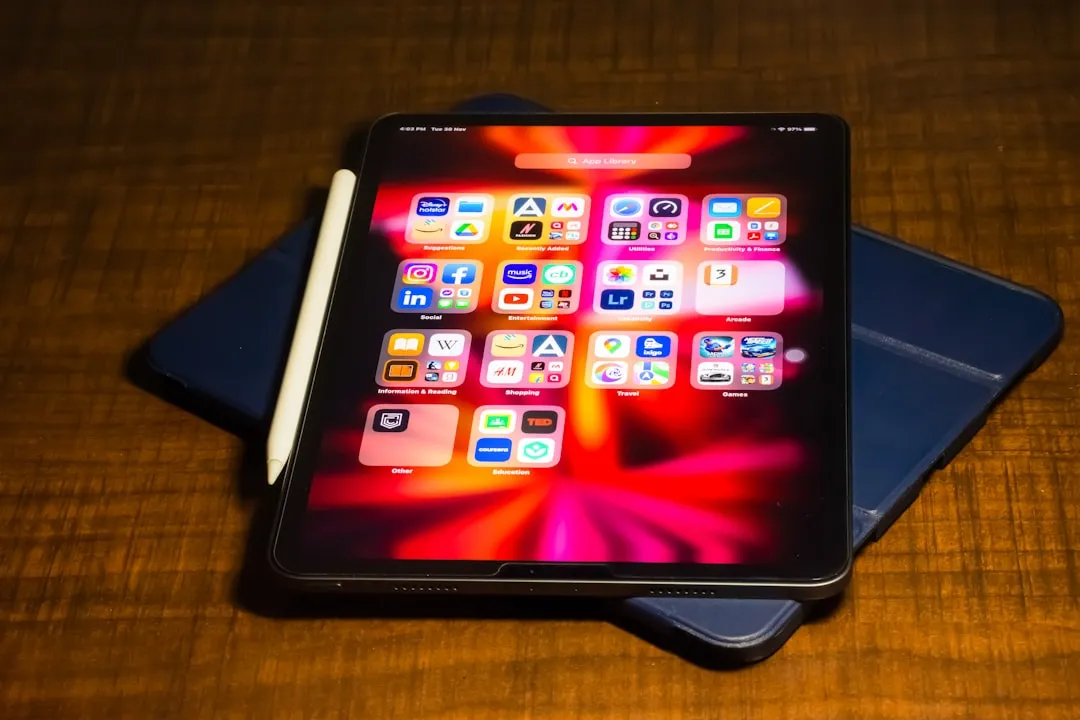
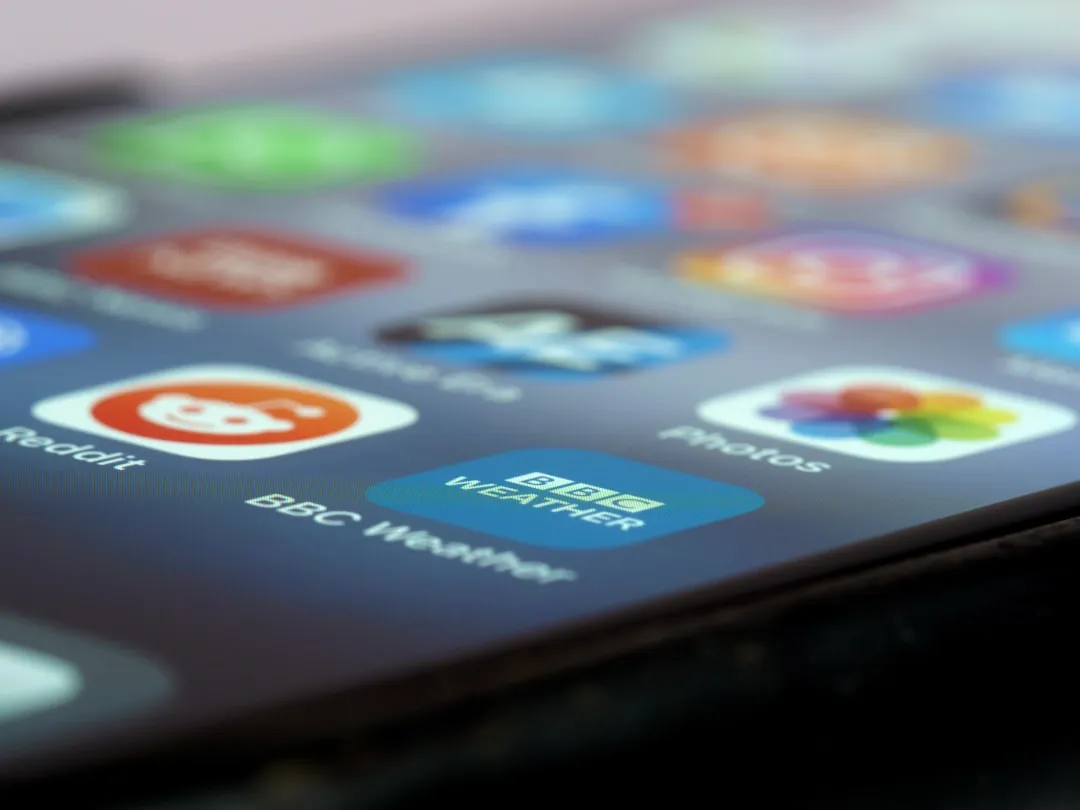
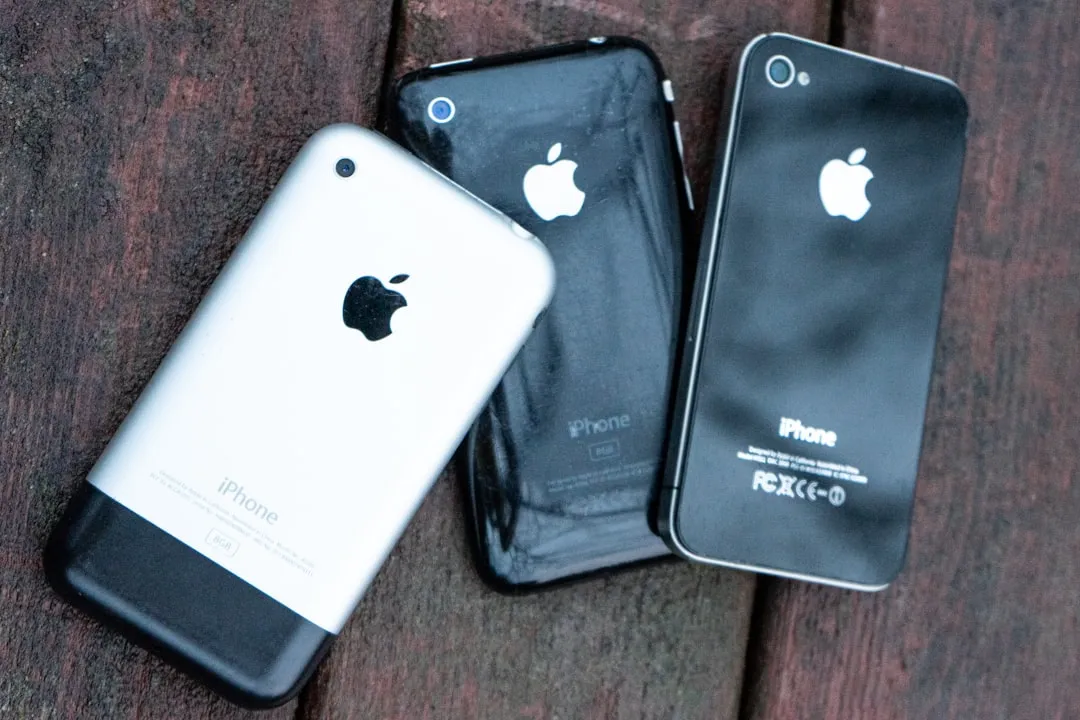
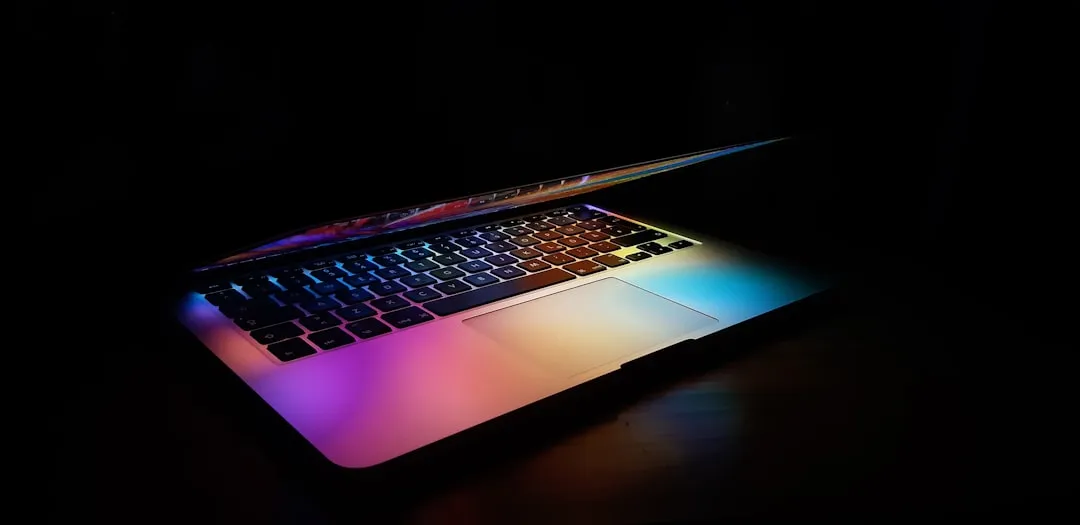
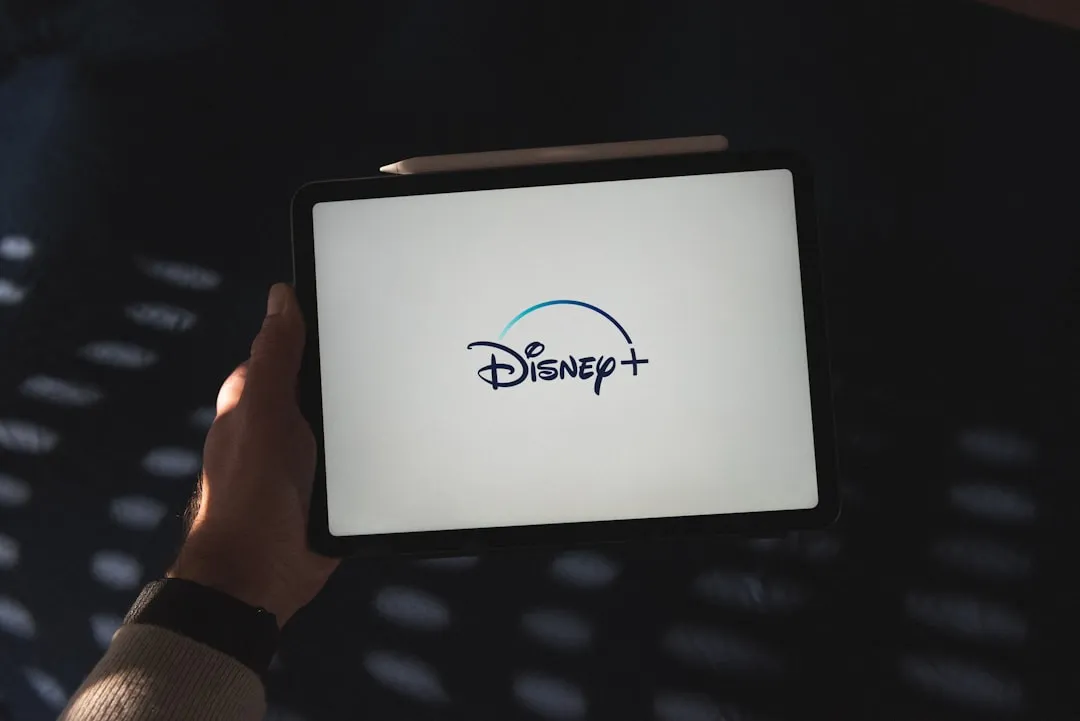
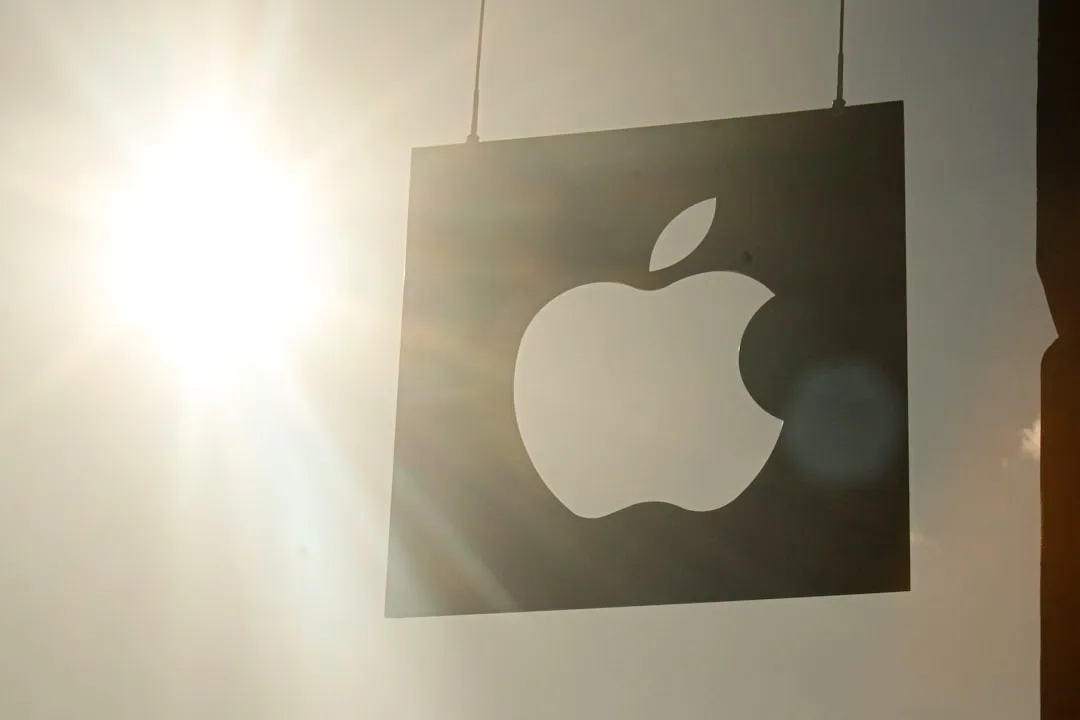
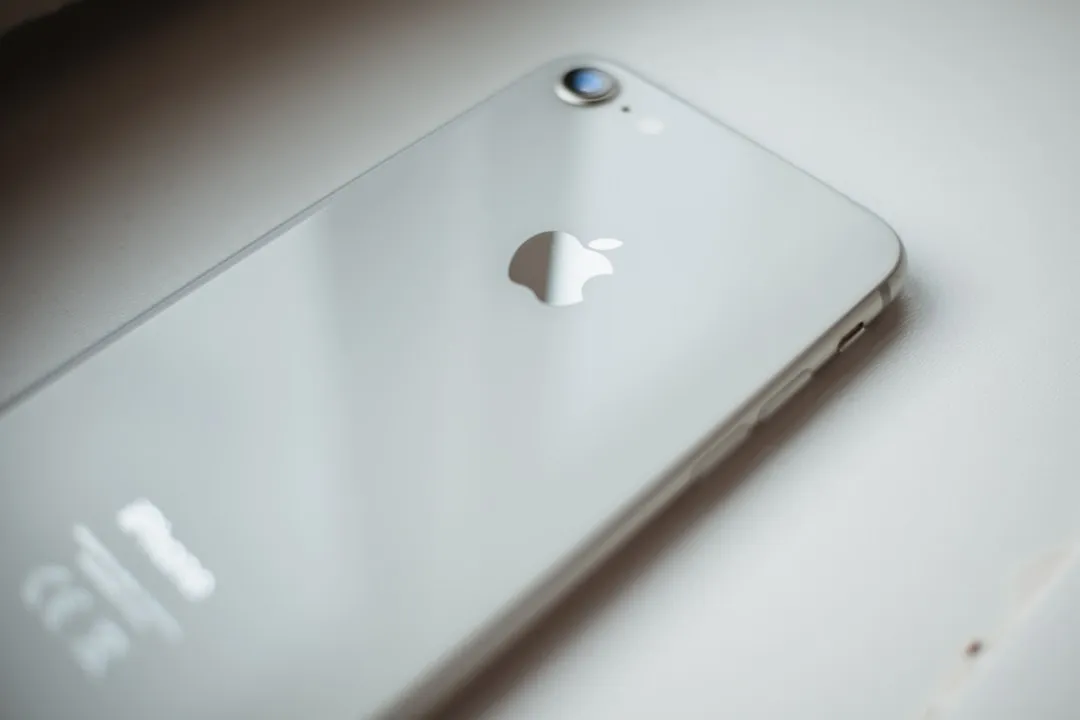
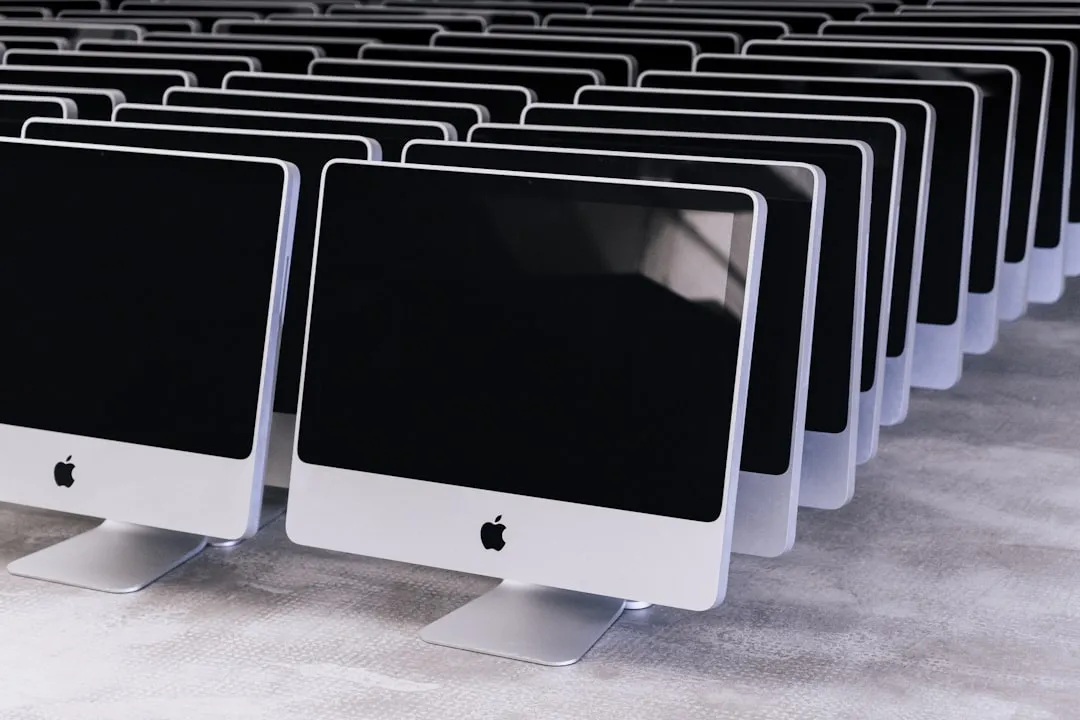
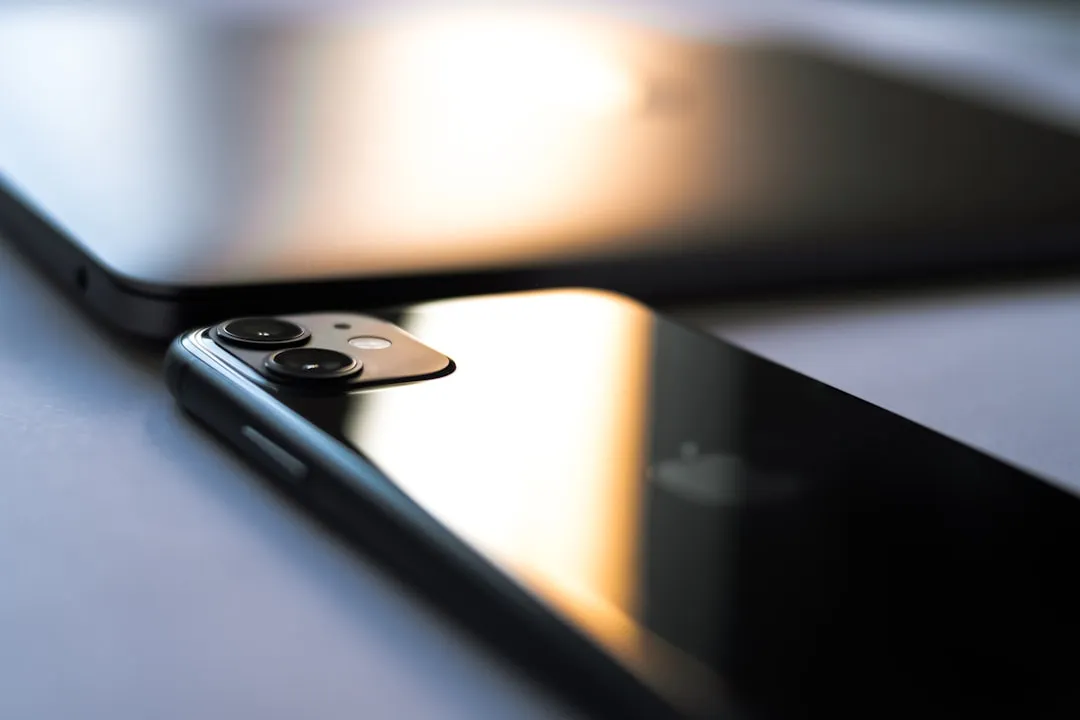

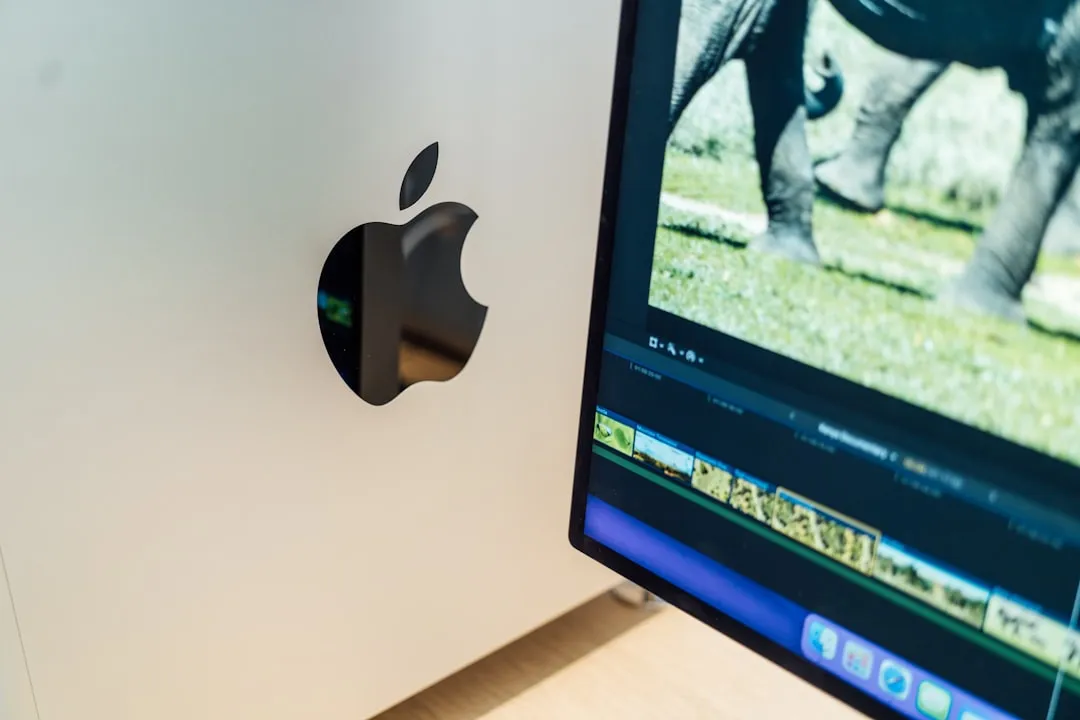
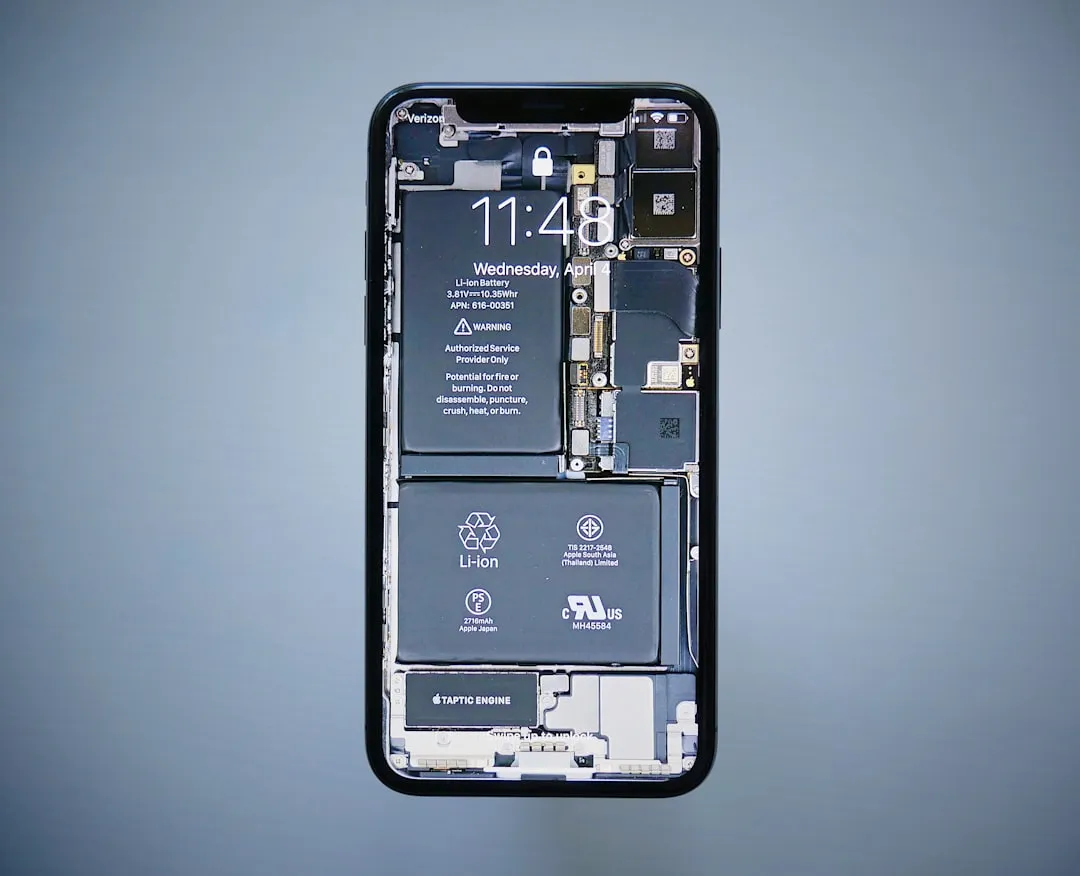

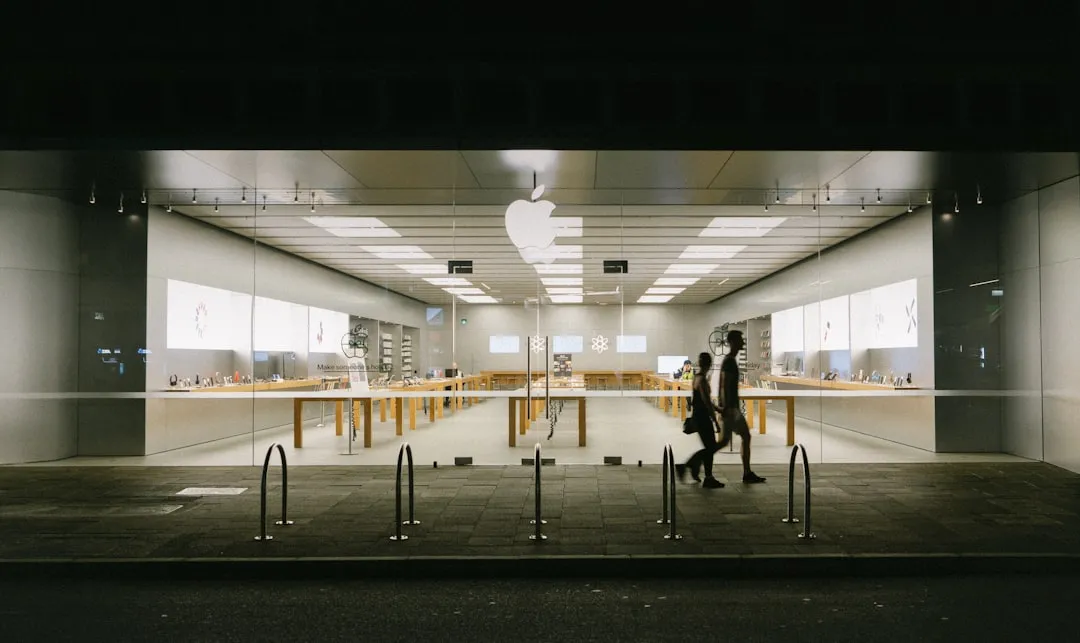
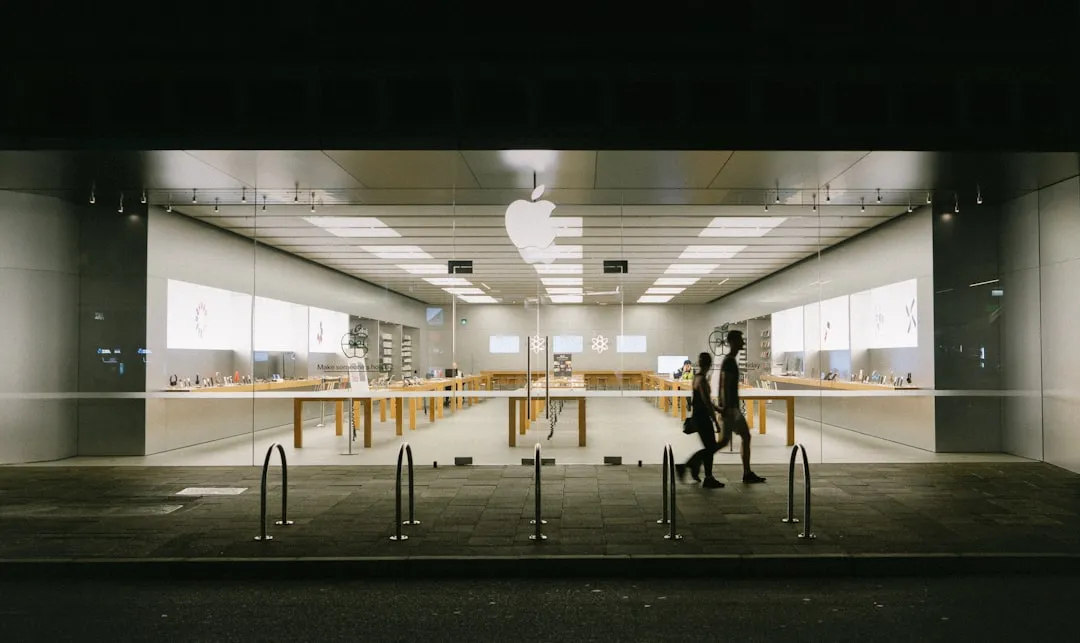

Comments
Be the first, drop a comment!